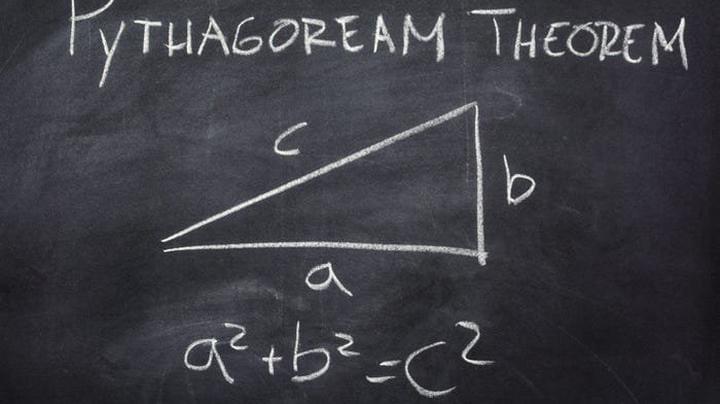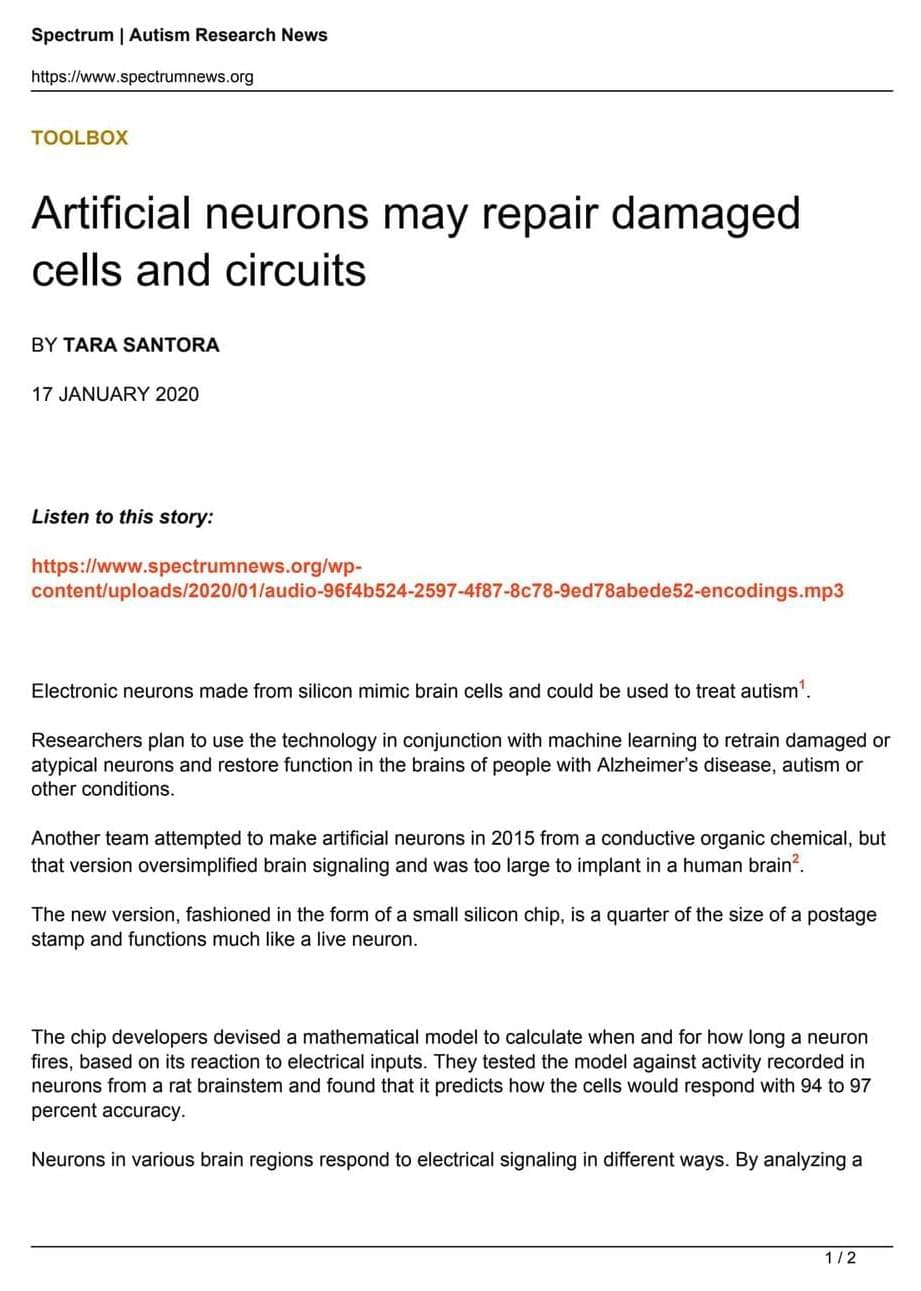The future of virtual weddings is shiny, tacky… and sponsored.
Get the latest international news and world events from around the world.
Ingenious Photosynthesis “Hack” Paves Way for Renewable Energy Breakthroughs
Researchers have ‘hacked’ the earliest stages of photosynthesis, the natural machine that powers the vast majority of life on Earth, and discovered new ways to extract energy from the process, a finding that could lead to new ways of generating clean fuel and renewable energy. We didn’t know as.

Avalanche wants to digitize all of the world’s assets on the blockchain
Welcome back to Chain Reaction, a podcast that interviews newsmakers in crypto to better understand the tech behind the hype and the people working to build a decentralized future.
For this week’s episode, Jacquelyn interviewed Emin Gün Sirer, the founder and CEO of Ava Labs.
Ava Labs has raised a total of about $640 million, according to Crunchbase, and is backed by firms like a16z and Polychain Capital. In recent months, Ava Labs has announced a number of partnerships with major brands and companies, like Amazon Web Services, which TechCrunch covered exclusively.
MIT 9.13 The Human Brain, Spring 2019
Neuroscience playlist.
Instructor: Nancy Kanwisher View the complete course: https://ocw.mit.edu/9-13S19 YouTube Playlist: This course surveys the core perceptual and cognitive abilities of the human mind and explores how they are implemented in the brain… NOTE: * Lecture 3. Master Class: Human Brain Dissection (in-class dissection—video not recorded) * NOTE: Lecture 12: Brain-Machine Interface with Guest Lecturer Michael Cohen is unavailable * Lecture 14: New Methods Applied to Number (student breakout groups—video not recorded) * Lecture 17: MEG Decoding and RSA (video not recorded) * Lecture 19: Language II (class canceled—video not recorded) * Lecture 22: Experimental Design (student breakout groups—video not recorded) * Lecture 23: Deep Networks (2021) (video will be added soon) License: Creative Commons BY-NC-SA More information at https://ocw.mit.edu/terms More courses at https://ocw.mit.edu Support OCW at http://ow.ly/a1If50zVRlQ We encourage constructive comments and discussion on OCW’s YouTube and other social media channels. Personal attacks, hate speech, trolling, and inappropriate comments are not allowed and may be removed. More details at https://ocw.mit.edu/comments.

Anti-Worlds, Anti-Gravity Planets and Star Drives
And exploration of Anti-Worlds, Anti-Gravity Planets and Star Drives, specifically the possibilities of antimatter and antimass and negative matter.
My Patreon Page:
https://www.patreon.com/johnmichaelgodier.
My Event Horizon Channel:
https://www.youtube.com/eventhorizonshow.
Papers:
Life in the Future
The future is here with these incredible episodes!

2 high schoolers say they’ve found proof for the Pythagorean theorem, which mathematicians thought was impossible
Getty Images Two US high schoolers believe they have cracked a mathematical mystery left unproven for centuries. Calcea Johnson and Ne’Kiya Jackson looked at the Pythagorean theorem, foundational to trigonometry. The American Mathematical Society said the teenagers should submit their findings to a journal. Two high school seniors from New Orleans think they have managed to prove a 2,000-year-old theorem that has stumped mathematicians for centuries.

